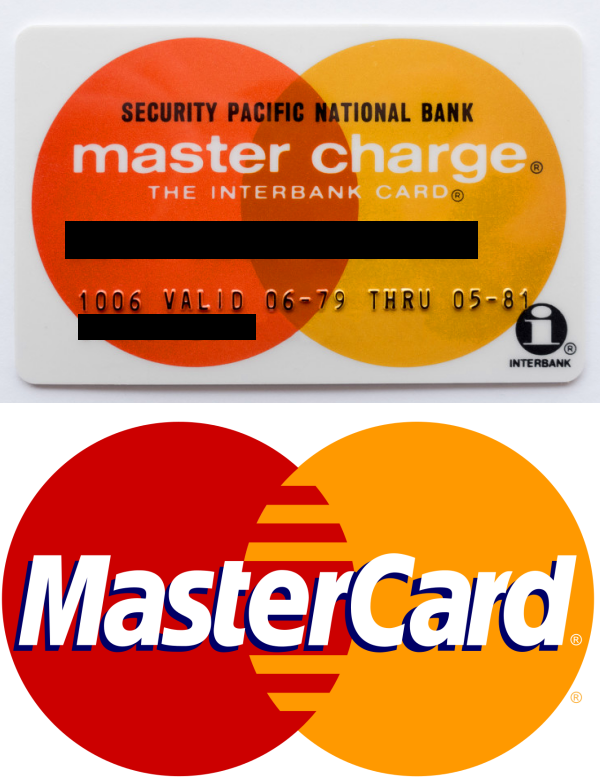
Orange is one of my favourite colours, along with brown, which is derived from it. I think rust/copper/tawny shades are probably my absolute favourite. In fact, when I bought a little rust-coloured velvet cushion once, and my mother said, "But you've got cushions," I just pulled it out and she said, "Oh, of course you bought it: it's Greer-coloured."
We all learn young that RED + YELLOW = ORANGE. In the limited palette of a child's paint box, we also find that this is true in practice as well as theory. It ain't always true! I mean, try mixing red and blue to make purple: given the shades available to most kids, all you ever get is purplish mud.
It has always puzzled me, though, why so many colour charts and rainbow sequences (say on flags or in ads) show as "orange" a colour that is very much closer to red than yellow. Often, it's almost red! You'd think they'd pick a shade that is bang in the middle.
Instead, all too often, it looks more like this:
Now, obviously if you compare the middle colour to red, it looks "un-red":
But, if you put it side by side with the yellow without red for contrast, then it actually looks more like a light red. Certainly, it's far redder than anything I'd call a true orange.
Surely, what you want to use for "orange" is a shade that contrasts equally either way. You want something that is clearly different when compared with red:
And also clearly different when compared with yellow:
So why do people so often use a very dark orange in making rainbows and colour wheels and the like?
Isn't this how it should be?
9 comments | Leave a comment
